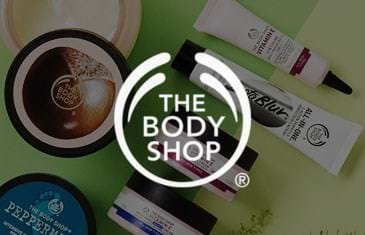Sharing The Story Of A Grocer Gone Green
For Safeway, sustainability isn’t some fly-by-night buzzword—it’s a way of life. In 2013, Safeway sustainably sourced more than half of all seafood it sold to consumers. It was also making serious headway on many other environmental fronts—from massive water-saving efforts to a mighty reduction in its use of plastic bags in its stores. Greenpeace even awarded the brand its number two ranking on its sustainability retail scorecard.
The problem? Environmentally-conscious customers couldn’t get excited about something they were unaware of. So Safeway created a communication strategy to show off its environmental chops. It turned a humdrum sustainability report brochure into a full-blown website with plenty of bells and whistles. The plan also focused on Safeway’s environmental impact in local communities. The grocer reached out through local news organizations, influential sustainability publications, and social media outlets.
The impact was immediate. Ten articles came out in the first 48 hours, with 23 more in the weeks that followed. The campaign got a shout out in Environmental Leader, and The Baltimore Sun ran a feature story highlighting the chain’s decision to stop selling at-risk fish—a hot topic for seafood-loving Maryland customers. A steady drumbeat social media campaign reached over 7.7 million people.
Visibility of Safeway’s sustainability website increased by more than 32 percent year over year from 2013 to 2014. But the biggest impact was with the customers: a study reported that more than half of all shoppers who read the website confirmed they’d be more likely to shop at Safeway. Which just goes to show that when a company does good, it can also do well.




